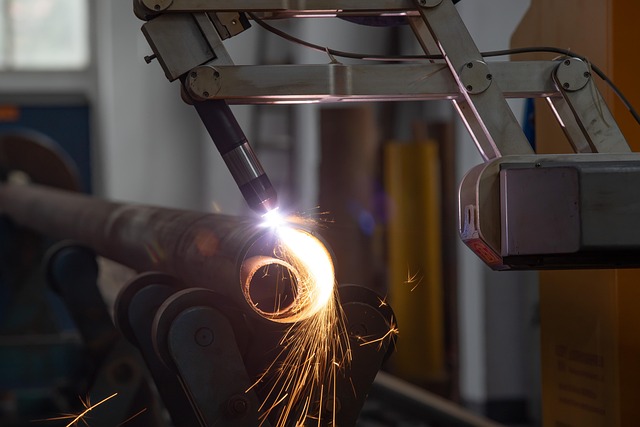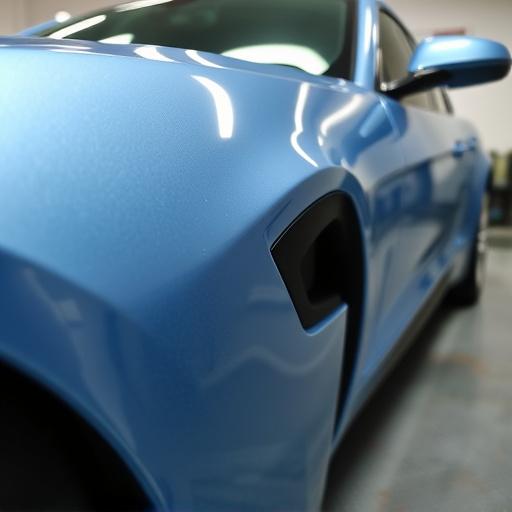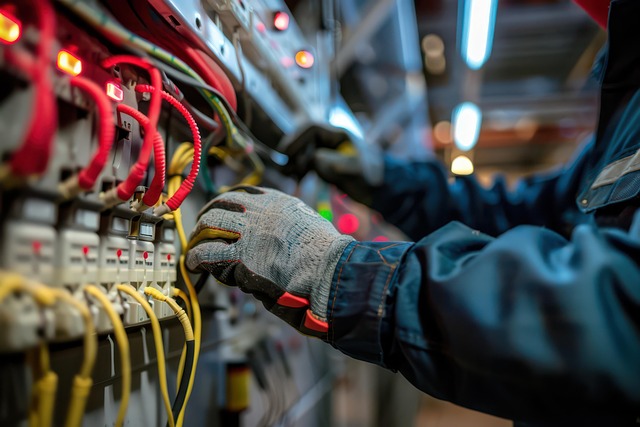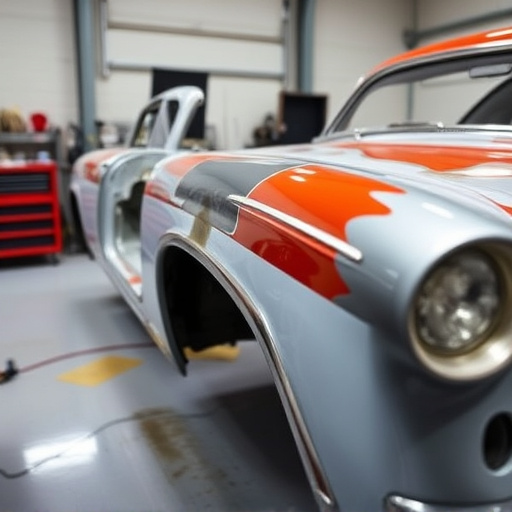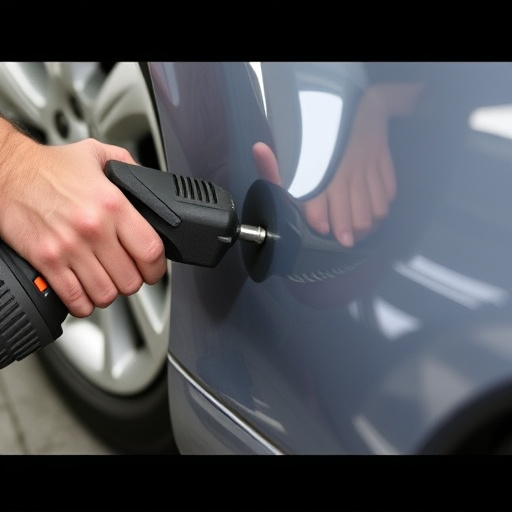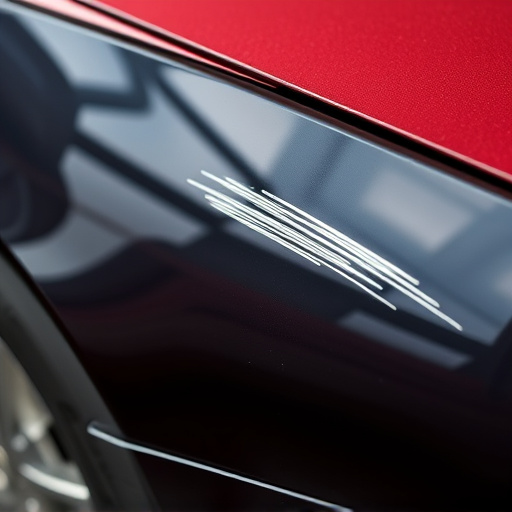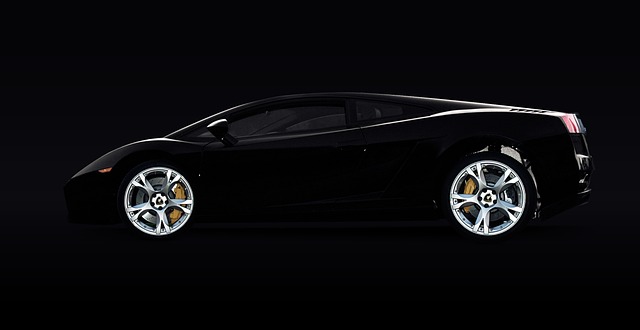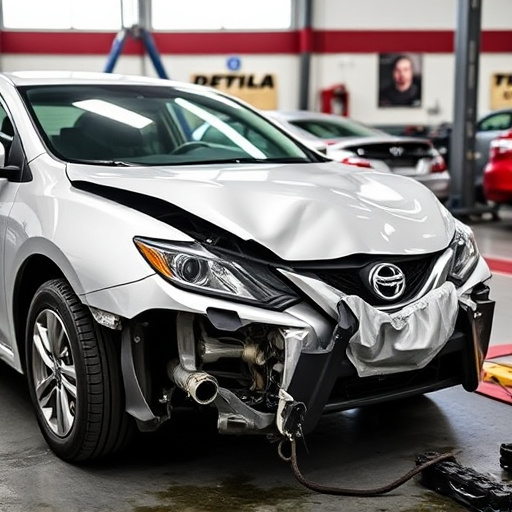The Mercedes 48V system, a complex electrical architecture integrating high-voltage networks with advanced electric motors, demands specialized knowledge for effective repair. This system offers smoother acceleration and improved efficiency through its dual battery setup, including high-voltage batteries, on-board chargers, and control modules. Repairs require understanding the interplay between these components to ensure optimal power distribution, preventing hazards while maintaining seamless integration with other vehicle systems. Skilled technicians are crucial for preserving the integrity and optimal function of this pioneering automotive technology, which involves addressing complex electrical engineering principles and potential issues from collision damage or minor repairs like dent removal.
“Uncover the intricacies of the Mercedes 48V system with this comprehensive troubleshooting guide. This innovative electrical architecture powers a wide range of modern Mercedes vehicles, offering enhanced performance and efficiency. From understanding the key components and their roles to mastering advanced diagnosis techniques, this article equips you with the knowledge for successful repairs. Learn to identify power issues, check connections, and use diagnostic tools effectively. Discover replacement procedures for critical parts like inverters and battery modules. Conquer Mercedes 48V system repair with these step-by-step instructions.”
- Understanding the Mercedes 48V System
- – Overview of 48V electrical system in Mercedes vehicles
- – Key components and their functions
Understanding the Mercedes 48V System
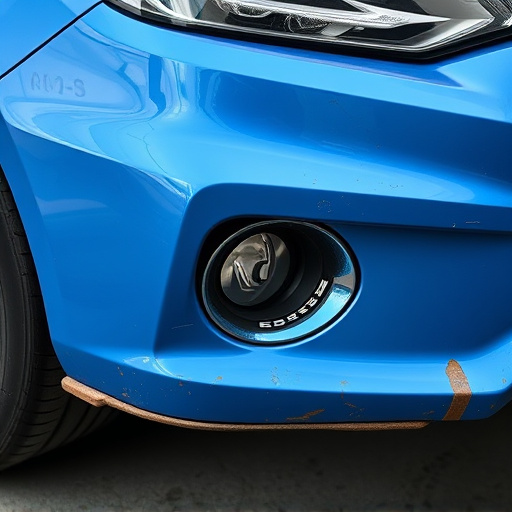
The Mercedes 48V System is a groundbreaking electrical architecture designed to enhance vehicle performance and efficiency. This sophisticated system integrates a high-voltage network with advanced electric motors, providing smoother acceleration and reduced energy wastage. Understanding this intricate system is crucial for effective Mercedes 48V system repair. It involves recognizing the interplay between the battery, electric machines, inverters, and controllers, all working in harmony to deliver optimal power distribution.
When troubleshooting issues with this system, it’s essential to consider various factors, from electrical connections and sensor functionality to software compatibility and hardware integrity. Just as a well-maintained vehicle bodywork ensures a car’s structural integrity, proper 48V system repair guarantees the vehicle’s overall performance and safety. Unlike superficial car paint services or minor car dent repairs, addressing Mercedes 48V issues demands in-depth knowledge of electrical engineering principles to prevent potential hazards and ensure seamless integration with the vehicle’s other systems, including its vehicle bodywork.
– Overview of 48V electrical system in Mercedes vehicles

Mercedes vehicles are renowned for their advanced engineering and innovative features, and the 48V electrical system is no exception. This cutting-edge technology serves as a game-changer in vehicle performance and efficiency. The 48V system operates alongside the traditional 12V battery, providing an additional power source that enhances engine management, improves fuel economy, and contributes to reduced emissions. It’s a sophisticated network designed to meet the growing demands of modern automotive requirements.
Understanding this system is crucial for anyone interested in Mercedes 48V system repair. The electrical architecture incorporates various components, including a high-voltage battery pack, an on-board charger, and advanced control modules. These parts work harmoniously to deliver power to electric motors, hybrid systems, and other low-voltage applications. Like any complex setup, issues may arise, requiring the services of a skilled technician. Whether it’s a problem with auto collision center repairs affecting the system or a simple vehicle dent repair causing interference, prompt attention from a qualified professional is essential to maintain the integrity and performance of this advanced electrical network.
– Key components and their functions

The Mercedes 48V system, a complex network of components, is designed to power modern electric and hybrid vehicles seamlessly. Its key elements include the high-voltage battery pack, which stores energy efficiently; the on-board charger that manages charging and discharging processes; and the inverter, responsible for converting direct current (DC) into alternating current (AC) to power the vehicle’s electric motors. These components work in harmony to deliver optimal performance and ensure a smooth driving experience.
Understanding these core parts is crucial for effective Mercedes 48V system repair. Issues may arise from battery degradation, charger malfunctions causing slow charging or overheating, or inverter failures leading to motor functionality problems. Proper troubleshooting involves checking connections, identifying voltage anomalies, and replacing faulty components, such as those in auto bodywork or even vehicle paint repair if corrosion is involved. Auto frame repair might also be necessary for structural damage affecting the system’s integrity.
Troubleshooting the Mercedes 48V system effectively requires a thorough understanding of its intricate components and how they interact. By mastering the art of identification, testing, and replacement, car enthusiasts and professionals alike can navigate the complexities of this advanced electrical system. Armed with the right knowledge, tools, and this step-by-step guide, addressing common Mercedes 48V system repair challenges becomes a more manageable task.

